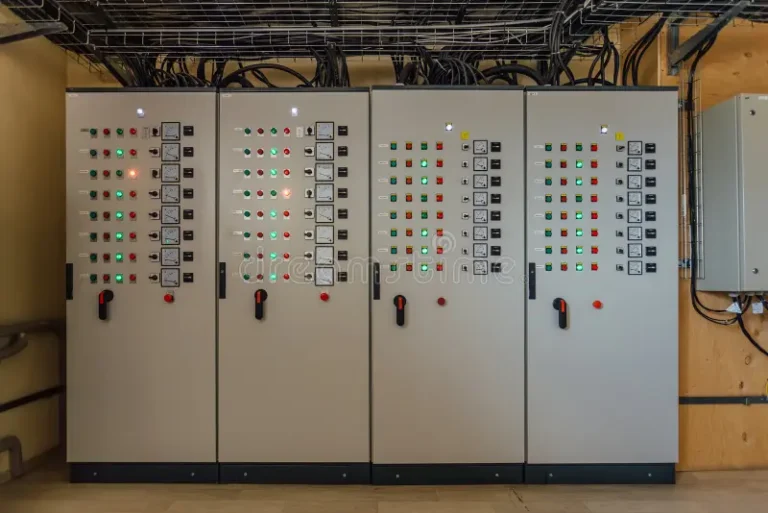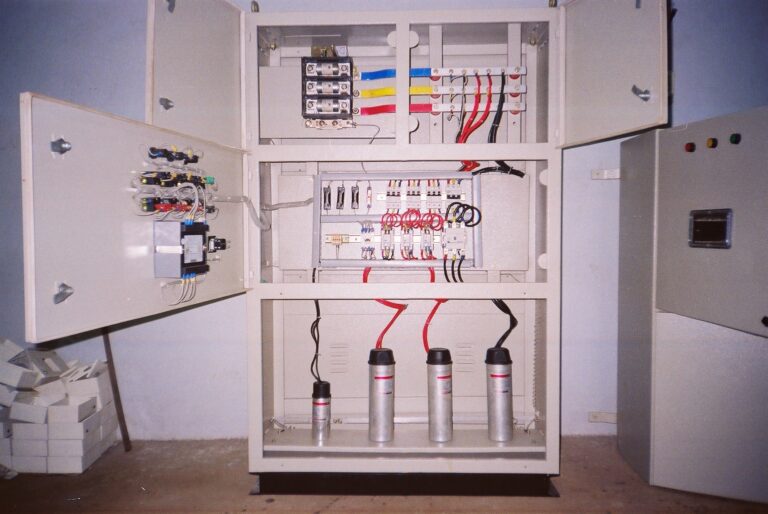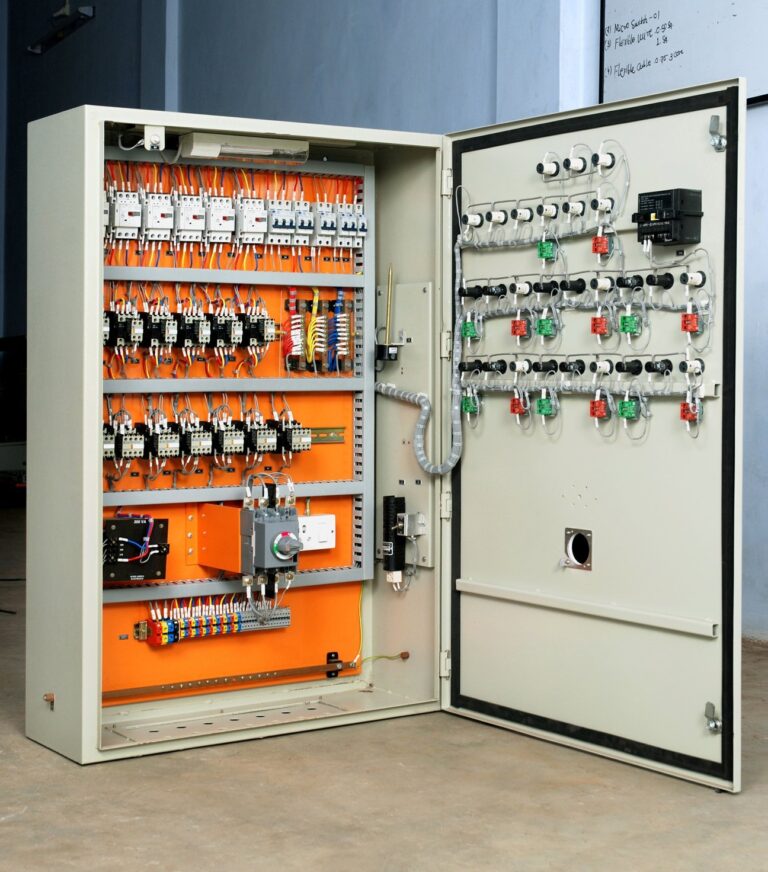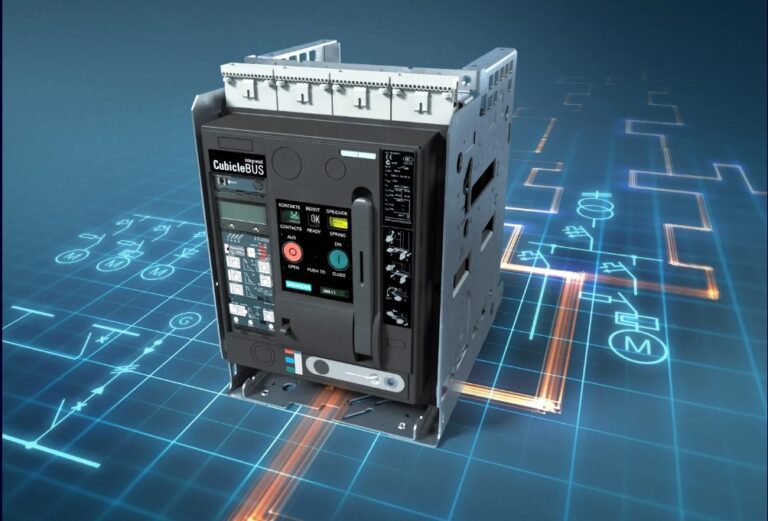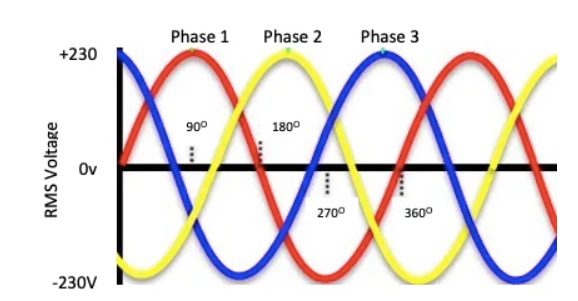The Rise of Battery Electric Vehicle : A deep dive into sustainability
Battery Electric Vehicles (BEVs) have emerged as a transformative force in the transportation industry, providing a sustainable alternative to internal combustion engine (ICE) vehicles. With advancements in battery technology, charging infrastructure, and policy support, BEVs are reshaping the automotive landscape. However, sustainability remains a key concern—examining environmental impact, resource utilization, and long-term viability is essential to understanding their true potential.
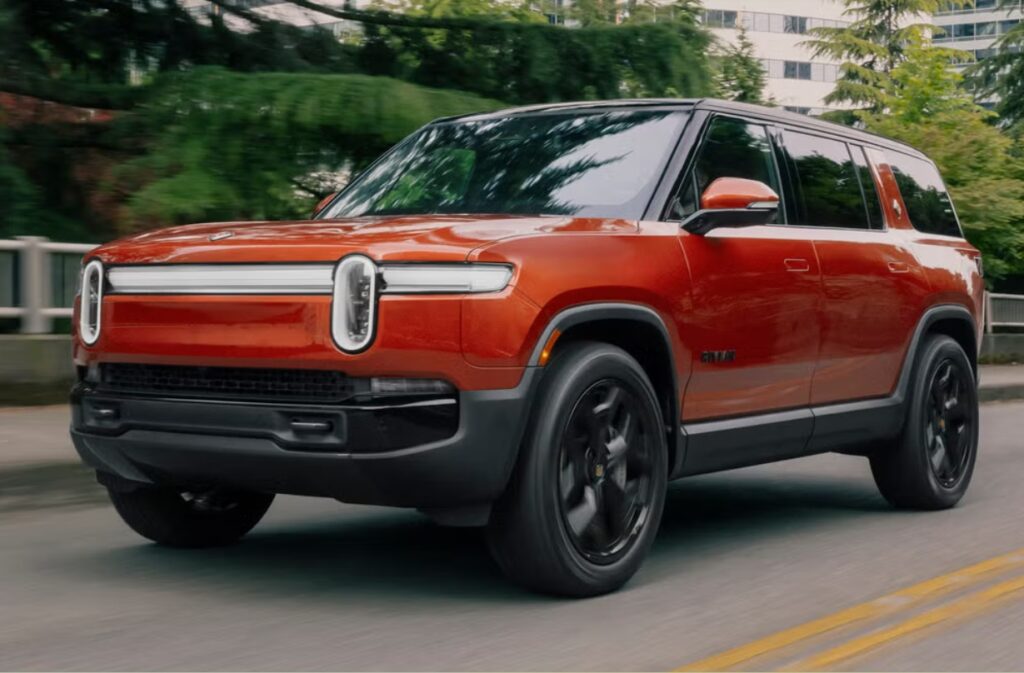
The Environmental Impact of Battery Electric Vehicle
1. Reduced Greenhouse Gas Emissions
BEVs have zero tailpipe emissions, significantly lowering their carbon footprint compared to gasoline or diesel vehicles. According to the International Energy Agency (IEA), an average BEV emits 50-70% fewer lifecycle greenhouse gases (GHGs) than ICE vehicles. However, emissions from electricity generation and battery production must be considered to assess overall sustainability.
2. Energy Efficiency
Electric motors are inherently more efficient than internal combustion engines. While ICE vehicles convert only about 20-30% of fuel energy into motion, BEVs achieve efficiencies of 85-90%. This efficiency reduces the total energy demand, helping to curb fossil fuel dependence and associated emissions.
3. Air Quality Improvements
By eliminating tailpipe emissions, BEVs contribute to better urban air quality by reducing pollutants like nitrogen oxides (NOx) and particulate matter (PM). This is particularly beneficial in densely populated cities where vehicular pollution is a major health concern.
Sustainability Challenges of Battery Electric Vehicle
1. Battery Production and Raw Material Extraction
The production of lithium-ion batteries, the heart of BEVs, involves mining critical raw materials such as lithium, cobalt, and nickel. Mining processes often have significant environmental and social impacts, including habitat destruction, water pollution, and unethical labor practices.
2. Battery Recycling and End-of-Life Management
Managing used EV batteries is a growing challenge. Without proper recycling and repurposing strategies, discarded batteries can lead to environmental hazards. Emerging recycling technologies, such as hydrometallurgical and direct recycling methods, aim to recover valuable materials while minimizing waste.
3. Grid Sustainability and Energy Demand
A large-scale shift to BEVs will increase electricity demand, posing challenges for grid stability and sustainability. If electricity generation relies heavily on fossil fuels, the overall environmental benefits of BEVs diminish. Investments in renewable energy integration and smart grid technologies are crucial for ensuring a truly sustainable transition.
Technological Innovations Driving Sustainability
1. Next-Generation Battery Technologies
Innovations such as solid-state batteries, sodium-ion batteries, and lithium-sulfur batteries promise higher energy densities, faster charging times, and reduced reliance on rare minerals. These advancements can make BEVs more sustainable and cost-effective.
2. Second-Life Applications for EV Batteries
Retired EV batteries still retain significant energy storage capacity. Repurposing them for grid storage, renewable energy integration, and off-grid applications can extend their lifespan and reduce waste.
3. Charging Infrastructure and Renewable Energy Integration
Expanding charging networks powered by renewable energy sources enhances BEV sustainability. Technologies such as vehicle-to-grid (V2G) integration allow EVs to support grid stability by storing and supplying electricity during peak demand periods.
Policy and Market Trends Supporting BEV Adoption
1. Government Regulations and Incentives
Many countries are setting ambitious electrification targets, phasing out ICE vehicles, and offering subsidies for BEV purchases. Policies promoting clean energy and stringent emission norms are accelerating BEV adoption.
2. Corporate Commitments and Investment
Automakers and technology firms are heavily investing in electric mobility. Companies like Tesla, Volkswagen, and GM are ramping up BEV production, while energy firms are developing sustainable battery supply chains and charging networks.
3. Consumer Adoption and Changing Mindsets
Consumer perception is shifting as BEV costs decrease and performance improves. Range anxiety, a major deterrent, is being mitigated by improved battery efficiency and widespread charging infrastructure.
Conclusion
Battery Electric Vehicles play a pivotal role in creating a sustainable future for transportation. While they offer significant environmental benefits, challenges related to battery production, recycling, and energy consumption must be addressed. With continued technological advancements, policy support, and renewable energy integration, BEVs can drive a cleaner, greener, and more efficient mobility revolution. The road ahead requires a holistic approach, ensuring that sustainability remains at the core of the electric vehicle transition.


